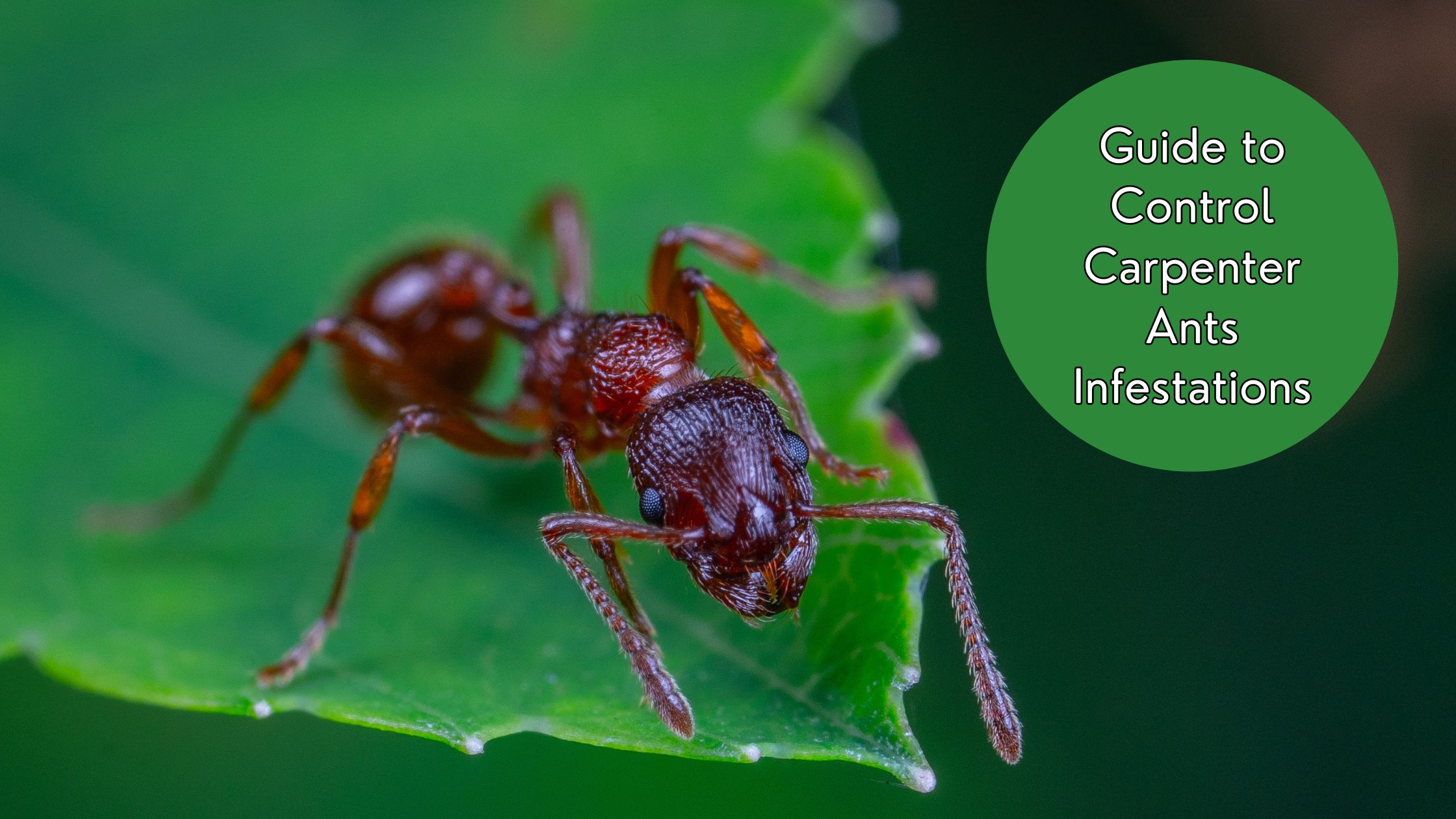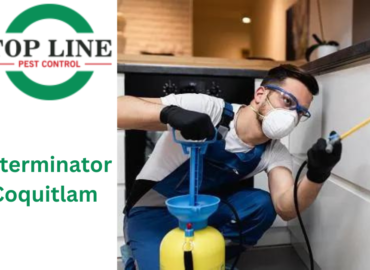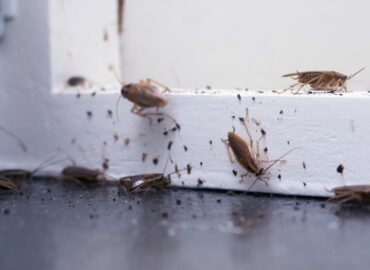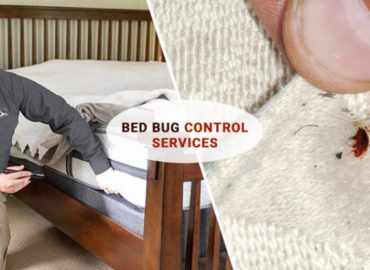Carpenter ants may appear harmless, but they pose a serious threat to the structural integrity of your home. Unlike termites, which consume wood, carpenter ants hollow it out to build their nests. This behavior can lead to significant damage to walls, beams, and other wooden structures in your home, especially when left unchecked. In this blog post we will talk about how to prevent guide to carpenter Ant Infestation In House
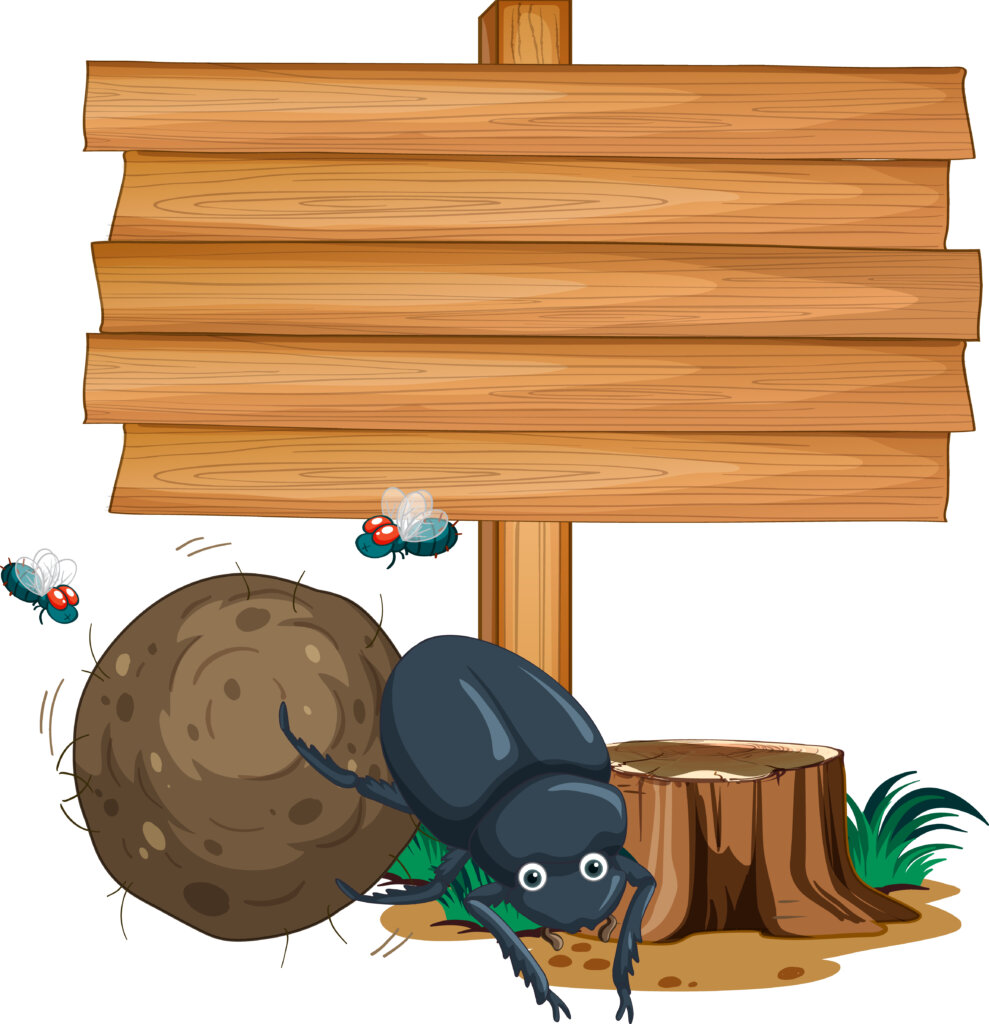
Understanding Carpenter Ants
Carpenter ants are large ants, typically black or dark brown, that can grow up to 1 inch in length. They are notorious for nesting in wood, particularly in areas where moisture has caused decay.
Carpenter ants do not eat wood like termites; instead, they excavate it to create galleries and nests, which can weaken the structure of your home. These ants are nocturnal, meaning they are more active at night, so if you spot them during the day, it may indicate that you have a significant infestation.
Signs of Carpenter Ant Infestation
If you suspect a carpenter ant problem, here are some common signs to look out for:
- Visible Worker Ants
Carpenter ants are one of the largest ant species, and their size makes them relatively easy to spot. If you see black or red ants inside your home, it could be an indication of a nearby infestation. They tend to travel in trails, so seeing multiple ants can suggest that you have a growing problem.
- Rustling Sounds from Walls or Wooden Structures
One of the most eerie signs of a carpenter ant infestation is faint rustling or scratching sounds coming from inside walls or wooden structures. This sound occurs when carpenter ants are digging through the wood to create their nests. If you hear these noises at night, it’s a clear sign that ants are active in your home.
- Wood Shavings (Frass)
Carpenter ants don’t consume wood; instead, they hollow it out to build their nests. The process leaves behind small piles of wood shavings, known as frass, near their nesting sites. If you find wood shavings around window sills, baseboards, or other wooden structures, it’s a strong indicator that you have a carpenter ant infestation.
- Presence of Winged Ants (Swarmers)
During spring or early summer, carpenter ant colonies produce winged ants, known as swarmers, to mate and establish new colonies. If you see winged ants inside or around your home, it’s likely that your property is infested, and the ants are in the process of reproducing.
How Carpenter Ants Cause Damage
Carpenter ants are often attracted to decaying wood, making areas like crawl spaces, tree stumps, and even tree branches near your home prime nesting locations. Once inside, they create extensive tunnels and galleries, which can lead to significant structural damage if left unchecked.
The damage caused by carpenter ants is not immediately visible, but over time, it can weaken beams, walls, and floors, leading to costly repairs.
Where Carpenter Ants Nest
Carpenter ants prefer moist or decaying wood, which makes areas with high humidity or water damage ideal nesting spots. Common locations include wall voids, crawl spaces, attics, basements, and even tree branches touching the roof. They can also nest inside decaying tree stumps or logs close to your home, which makes it crucial to inspect the perimeter of your property regularly.
How to Get Rid of Carpenter Ant Infestation In House
If you suspect a carpenter ant infestation, it’s essential to take action promptly to prevent further damage. Here are some effective methods for eliminating carpenter ants:
- Locate the Nest
Finding the carpenter ant nest is the first step in controlling the infestation. These ants often nest in hidden areas, such as wall voids, crawl spaces, or behind damaged wood. Look for signs of wood shavings or rustling sounds, which may indicate the location of the nest.
- Eliminate Moisture Sources
Carpenter ants are drawn to damp, decaying wood, so eliminating moisture in and around your home is crucial. Repair leaks in pipes, roofs, and windows, and make sure areas like bathrooms, kitchens, and basements are properly ventilated. Moisture-free wood is much less likely to attract carpenter ants.
- Use Ant Baits
Ant baits can be an effective solution for eliminating carpenter ants. The ants carry the poisoned bait back to the nest, which ultimately destroys the colony. This method may take some time but is a more long-term solution. Be cautious when using insecticides and always follow the manufacturer’s instructions.
- Chemical Treatments
In some cases, chemical treatments may be necessary to eliminate carpenter ants. Insecticidal sprays or dust can be applied to areas where ants are active. However, these chemicals can be hazardous to humans and pets, so it’s often best to leave this to professionals.
Preventing Carpenter Ants
Prevention is key to keeping carpenter ants at bay. Here are some proactive steps you can take:
- Trim Tree Branches: Ensure that tree branches do not touch your house, as carpenter ants can use them as highways into your home.
- Seal Entry Points: Check for cracks or gaps in your walls, windows, and doors. Sealing these entry points will help keep ants from getting inside.
- Remove Decaying Wood: Eliminate decaying wood from around your property, including old tree stumps, logs, or wooden debris. This will reduce the chance of ants establishing a nest near your home.
When to Call Professional Pest Control
If you’ve identified signs of a carpenter ant infestation, or if you’ve tried DIY solutions without success, it may be time to call a professional pest control company. Professionals have the tools, experience, and knowledge to identify the nest, use targeted treatments, and ensure that your home is safe from carpenter ants.
Takeaway
Carpenter ants may seem like a minor nuisance, but they can cause significant structural damage if left unchecked. Early detection, proactive prevention, and prompt action are essential to protecting your home.
By understanding the signs of carpenter ant infestations and using effective control methods, you can prevent costly repairs and ensure that your property remains safe and sound.
If you suspect a carpenter ant infestation or need expert help with pest control, Top Line Pest Control is here to assist you. Contact us today to schedule a thorough inspection and protect your home from the damage caused by carpenter ants.
FAQs
What are carpenter ants, and how do they differ from termites?
Carpenter ants are large ants that build their nests in wood by excavating tunnels and galleries. Unlike termites, carpenter ants do not eat the wood; they hollow it out to create their nests. This can cause structural damage to your home if the infestation is not managed promptly.
What signs should I look for to detect a carpenter ant infestation?
ar wooden surfaces.
Rustling noises: Faint sounds coming from inside walls or wooden structures.
Winged ants (swarmers): Appearance of flying ants, particularly in spring or early summer.
ar wooden surfaces.
Rustling noises: Faint sounds coming from inside walls or wooden structures.
Winged ants (swarmers): Appearance of flying ants, particularly in spring or early summer.
How do carpenter ants cause damage to my home?
Carpenter ants create nests inside wooden structures by tunneling through the wood. Over time, this damage can weaken beams, floors, and walls, leading to costly repairs. They often prefer decaying or moisture-damaged wood, which makes areas like basements, crawl spaces, and attics prime targets.
Where do carpenter ants typically build their nests?
Wall voids: Gaps inside walls, often near water sources.
Crawl spaces: Damp areas under the house.
Attics and basements: Particularly if there is water damage.
Tree stumps and branches: Carpenter ants can use tree branches that touch your home to gain access to your property
How can I get rid of carpenter ants in my home?
Locating the nest: Search for wood shavings or rustling sounds to find the nest.
Eliminating moisture sources: Fix any leaks and improve ventilation in damp areas.
Using ant baits: Bait can poison the ants and eliminate the colony.
Chemical treatments: Insecticidal dust or sprays can be effective, but should be used carefully.
Professional pest control: Hiring a pest control expert ensures the issue is addressed thoroughly and safely.

